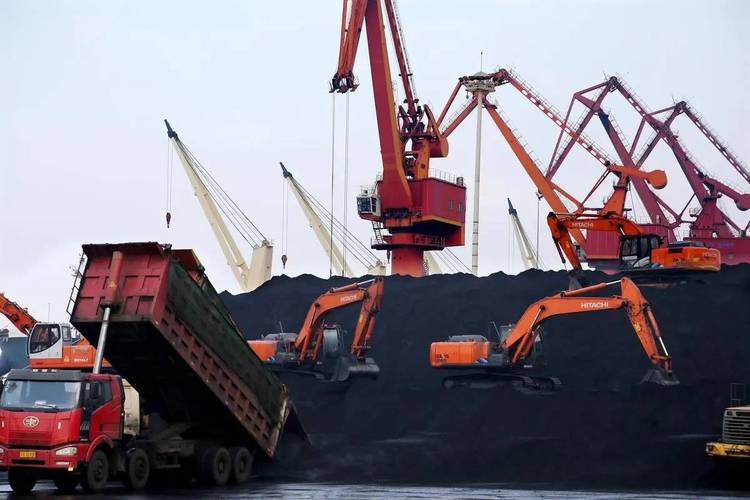**The Fiery Origins of Coal: From Ancient Forests to Your Light Switch**
(Where Does Coal Energy Come From)
Ever wondered how the flick of a switch lights up your room? That energy might trace back to a black, rocky substance buried deep underground. Let’s dig into the story of coal—how it formed, how we get it, and why it still powers parts of our world today.
Coal didn’t start as rock. Millions of years ago, Earth looked very different. Lush, swampy forests covered huge areas. Giant ferns, mosses, and early trees grew thick in warm, wet climates. When these plants died, they sank into waterlogged soil. Over time, layers of mud and sand piled on top. Without oxygen, the plant material didn’t rot completely. Instead, it slowly turned into a soggy, carbon-rich material called *peat*. Think of peat like a dense, muddy sponge made of half-rotten plants.
Now, fast-forward a few million years. Earth’s surface shifted. Mountains rose, continents moved, and those peat layers got buried deeper. Heat and pressure from above acted like a giant oven. The peat dried out, hardened, and transformed. Over time, it became coal. The longer and deeper it cooked, the harder and more energy-rich it grew. This process created different “grades” of coal. Soft, crumbly lignite resembles dirt. Shiny, black bituminous coal is what most power plants burn. The hardest type, anthracite, is almost pure carbon and burns hot and clean.
But how do we get coal out of the ground? Miners use two main methods. Surface mining works for coal near the top. They scrape away soil and rock to expose coal seams. Big machines like draglines and excavators do the heavy lifting. Underground mining is for deeper coal. Miners dig tunnels and use drills, explosives, and carts to bring coal to the surface. Both methods have risks. Cave-ins, gas explosions, and health issues like lung disease have long haunted the industry.
Once mined, coal travels to power plants. There, it’s crushed into fine dust and burned in massive furnaces. The heat boils water into steam, which spins turbines connected to generators. These generators produce electricity that flows into our homes. It’s a straightforward process, but not very efficient. Burning coal releases stored carbon, along with ash, sulfur, and other chemicals. These byproducts create pollution. Smog, acid rain, and greenhouse gases are all linked to coal energy.
Coal fueled the Industrial Revolution. Factories, trains, and early power grids relied on it. Today, many countries still depend on coal for electricity. Cheaper and more abundant than oil or gas, it’s a quick fix for growing energy needs. But cleaner alternatives like solar, wind, and natural gas are pushing coal aside. Some places have shut down mines and power plants. Others keep digging, arguing coal supports jobs and energy security.
(Where Does Coal Energy Come From)
The debate isn’t simple. Coal’s story ties into geology, history, economics, and the environment. Next time you turn on a light, remember—that energy might have started in a steamy, prehistoric swamp. The plants that soaked up sunlight 300 million years ago are now fueling our modern world. Yet as the planet grapples with climate change, coal’s role keeps sparking heated conversations.
Inquiry us
if you want to want to know more, please feel free to contact us. (nanotrun@yahoo.com)




